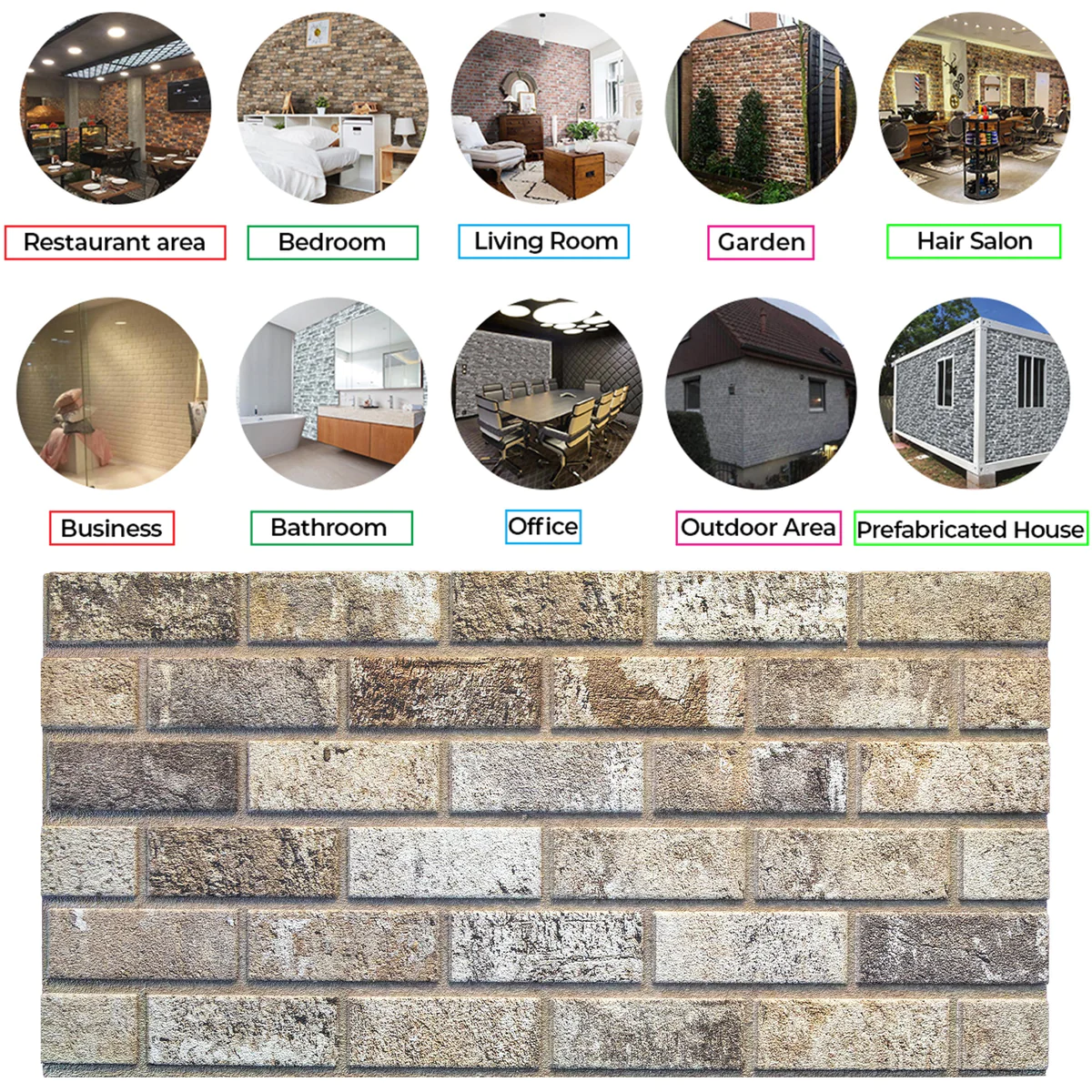A Look into the IoT’s Influence on Architecture

Imagine a city that breathes with intelligence. Traffic lights adjust to congestion, buildings optimize energy use, and waste disposal becomes streamlined. This isn’t science fiction; it’s the future of urban living powered by the Internet of Things (IoT). But this smart city vision hinges on a crucial element: smart buildings.
The Building Blocks of a Smarter Future
Smart buildings are more than just tech-laden skyscrapers. They’re structures infused with sensors, software, and connectivity. These intelligent buildings collect data on everything from energy consumption to occupancy. This data is then used to automate and optimize building functions, leading to a range of benefits:
- Sustainability: Smart buildings can significantly reduce energy use through features like automatic lighting control and HVAC optimization. This translates to lower carbon footprints and a greener city.
- Efficiency: Imagine a building that anticipates your needs. Smart systems can adjust lighting, temperature, and even parking availability based on real-time usage.
- Enhanced Living: Residents and workers can benefit from improved comfort and convenience. Smart buildings can personalize settings, improve air quality, and even provide real-time information on amenities.
The IoT Revolution in Architecture
The IoT acts as the nervous system of a smart building. Sensors embedded in walls, floors, and even furniture gather data, feeding it into a central hub. This data is then analyzed by software that uses algorithms to optimize building operations.
Here are some of the ways IoT is influencing architecture:
- Integrated Design: Architects are now considering sensor placement and data flow during the design phase. This ensures seamless integration of technology into the building’s structure.
- Adaptive Architecture: Buildings can adapt to their environment and occupants. Imagine facades that adjust to control sunlight or materials that respond to temperature changes.
- Data-Driven Decisions: The wealth of data collected by smart buildings allows architects to make evidence-based decisions for future projects. This can lead to more efficient and user-centric designs.
Building a Sustainable Future, One Smart Building at a Time
The concept of smart buildings and smart cities is still evolving, but the potential is undeniable. By harnessing the power of the IoT, architects can design buildings that are not just aesthetically pleasing but also environmentally responsible and responsive to the needs of their inhabitants. As more smart buildings become integrated into our cities, we can create a more sustainable, efficient, and livable urban future.










